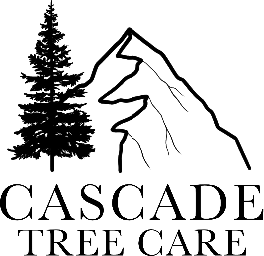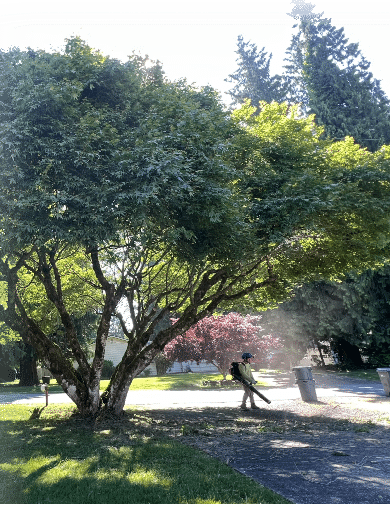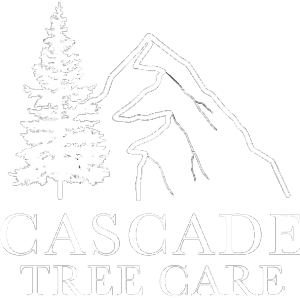The Impact of Tree Cutting on Preventing Storm Damage and Hazards
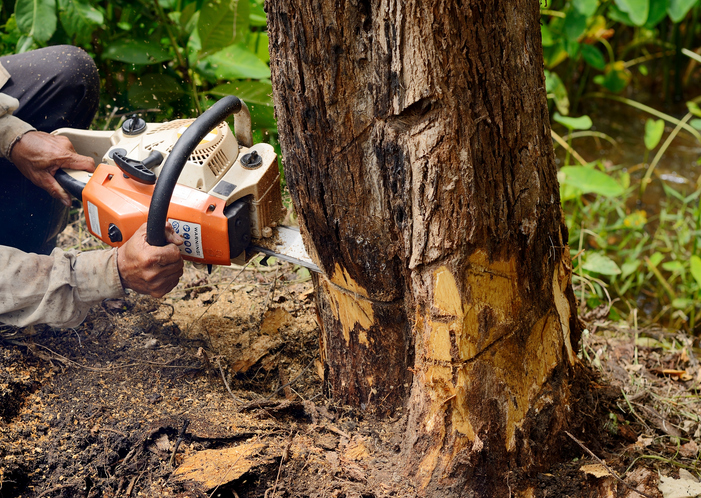
Storms can cause severe damage when weak or overgrown trees fall on homes, vehicles, or power lines. Regular tree cutting in Bellevue WA, helps prevent such hazards by removing unstable branches and unhealthy trees. Proper maintenance enhances safety and minimizes the risk of costly storm-related repairs. 1. Removes Weak and Dead Branches Dead or weak branches can break easily during strong winds and heavy rain. Cutting them before a storm prevents property damage and personal injury. Well-trimmed trees withstand severe weather better, reducing risks. 2. Prevents Trees from Falling Overgrown trees with weak roots are more likely to fall during storms. Cutting unstable trees eliminates the threat of uprooting, which can damage buildings and infrastructure. Proactive removal prevents emergencies and costly repairs. 3. Protects Power Lines and Utilities Tree branches growing near power lines can cause outages or fires when they break. Regular cutting keeps branches clear of electrical wires, preventing dangerous situations. Utility companies recommend proactive trimming to maintain safety. 4. Reduces Roof and Structural Damage Overhanging branches can snap and fall on roofs, windows, or vehicles during storms. Removing them helps prevent expensive structural damage and leaks, outweighing the tree trimming cost in Bellevue WA. Regular pruning keeps your home safer. 5. Enhances Overall Tree Health Regular cutting promotes healthy tree growth by eliminating diseased or weak limbs. Stronger, healthier trees can better withstand extreme weather conditions. Proper maintenance extends the lifespan of trees while reducing storm-related risks. Tree trimming plays a vital role in preventing storm damage by removing weak branches, clearing power lines, and maintaining structural safety. Regular maintenance ensures trees remain strong and stable during severe weather. Investing in professional tree removal protects your property and enhances overall safety. Protect your property from storm damage with the best tree removal in Bellevue WA! Cascade Tree Services ensures safe, expert tree trimming. Call us at 425-530-9697 today for a free assessment and reliable service!
How Tree Removal Services Can Increase Your Property’s Value
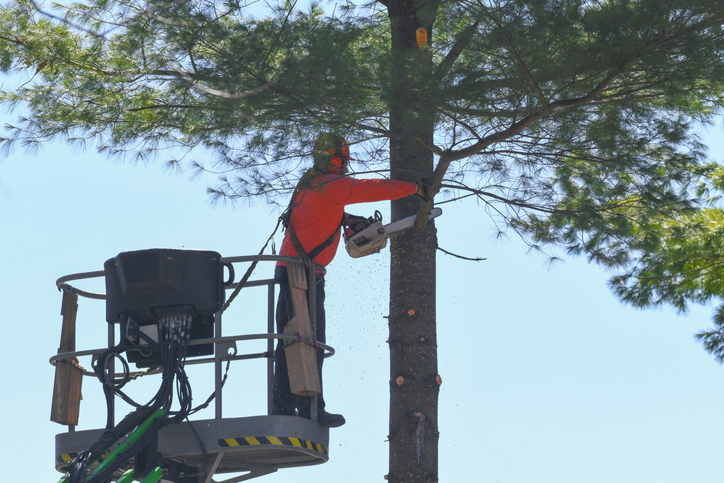
A well-maintained landscape significantly impacts property value, and tree-cutting services play a crucial role in enhancing curb appeal and safety. Overgrown, diseased, or hazardous trees can make a property less attractive to buyers. Tree removal services in Bellevue WA, improve aesthetics, safety, and overall usability, increasing your home’s market value. 1. Enhances Curb Appeal Unkempt trees with dead branches can make your property look neglected. Removing them creates a cleaner, more visually appealing landscape that attracts buyers. A well-maintained yard increases the perceived value of your home. 2. Improves Safety and Reduces Liability Dead or weak trees pose a risk of falling, leading to property damage or injuries. Removing hazardous trees eliminates potential dangers, making the property safer for residents and visitors. Buyers prefer homes with well-maintained, risk-free landscapes. 3. Increases Usable Space Large trees with sprawling roots can limit landscaping or expansion opportunities. Removing them creates space for patios, pools, gardens, or additional structures. More usable outdoor space enhances property functionality and value. 4. Prevents Damage to Structures Tree roots can damage foundations, driveways, and underground utilities. Removing invasive trees prevents costly repairs and maintains property integrity. Buyers appreciate homes with fewer maintenance concerns. 5. Attracts More Buyers A well-maintained, hazard-free landscape appeals to a broader range of buyers. Tree removal creates a polished, move-in-ready appearance, increasing interest in your property. A visually appealing home sells faster and at a higher price. Tree pruning services in Bellevue WA, enhance property value by improving curb appeal, safety, and functionality. Eliminating hazardous or unappealing trees creates a more attractive and marketable home. Investing in professional tree removal increases your property’s appeal and long-term value. Boost your property’s value with expert tree removal! Cascade Tree Services provides affordable solutions. Get a free estimate on Bellevue WA tree-cutting costs. Contact us at 425-530-9697 for expert service!
The Top Tree Pruning Trends for 2024: What Homeowners Need to Know
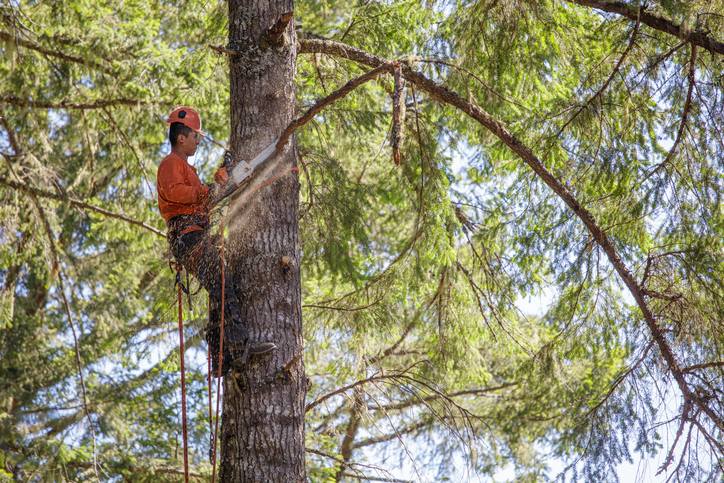
Tree trimming is a crucial aspect of maintaining the health, aesthetics, and safety of your landscape. In 2024, new trends are emerging in the world of tree care, driven by advancements in techniques, sustainability, and a growing focus on environmental impact. Homeowners who stay ahead of these trends can guarantee their trees flourish while contributing positively to their property’s curb appeal and the environment. This article will explore the top tree pruning trends for 2024 and provide essential tips on how you can incorporate them into your tree care routine. Focus on Sustainability in Pruning Practices In 2024, sustainability continues to be a major focus in landscaping, including tree care. More homeowners are opting for pruning practices that minimize environmental impact. This trend includes using natural pruning techniques, avoiding harmful chemicals, and repurposing tree trimmings as mulch or compost. Sustainable pruning also involves avoiding over-pruning, which can stress trees and make them more susceptible to disease. By adopting these eco-friendly practices, homeowners can contribute to a healthier ecosystem while maintaining their trees’ vitality. Pruning for Tree Health and Disease Prevention One of the top trends for 2024 is the emphasis on pruning trees for health rather than simply for appearance. Pruning is not just about shaping trees; it’s about improving air circulation, removing dead or diseased branches, and promoting overall growth. Proper pruning can also prevent the spread of diseases like oak wilt and fungal infections. Homeowners are increasingly aware of the importance of pruning as a preventative measure, making it an essential part of regular tree care to guarantee long-term tree health. The Rise of Professional Pruning Services While DIY pruning is still popular, 2024 sees a rise in homeowners hiring professional arborists for tree care. It is a specialized skill that requires knowledge of tree species, cutting techniques, and safety protocols. Professional arborists can assess the health of your trees and make precise cuts that promote growth while preventing damage. Homeowners are recognizing the value of expert pruning services to guarantee their trees are maintained to the highest standards, reducing the risk of improper pruning and costly mistakes. Embracing Smart Pruning Tools and Technology Advancements in technology are changing the way pruning is done. Smart pruning tools, such as chainsaws with automatic tensioning and high-tech pruning shears, are becoming more accessible. Additionally, some apps and devices help homeowners monitor tree health and track growth patterns, providing data that can guide pruning decisions. These technological innovations make pruning safer, more efficient, and more effective, allowing homeowners to care for their trees with greater precision and ease. Pruning for Aesthetic Appeal and Design While health and safety are top priorities, many homeowners are also focusing on the aesthetic aspects of pruning in 2024. Pruning can enhance the shape and structure of trees, adding beauty and architectural interest to the landscape. Whether it’s creating a more symmetrical canopy or encouraging the growth of flowers and fruit, homeowners are using pruning as a tool for design. This trend highlights the importance of understanding the unique growth patterns of each tree species and tailoring pruning techniques to achieve the desired visual effects. Seasonal Pruning for Optimal Growth In 2024, homeowners are paying closer attention to the best times of year to prune different types of trees. While traditional wisdom suggests pruning during the dormant season, there’s a growing awareness that seasonal timing plays a crucial role in tree health. For example, some trees benefit from pruning in late winter or early spring, while others are best pruned in summer. Homeowners are becoming more knowledgeable about the timing that suits their trees, ensuring that pruning promotes optimal growth and minimizes stress on the tree. Creating Wildlife-Friendly Landscapes with Pruning Another emerging trend in 2024 is pruning with a focus on supporting local wildlife. By selectively pruning trees, homeowners can create habitats for birds, insects, and small animals. For instance, leaving deadwood or hollow branches can provide homes for birds while encouraging fruit production can attract pollinators. This trend is part of a broader movement toward creating wildlife-friendly environments that contribute to biodiversity and ecological balance. Homeowners are recognizing the importance of pruning not just for aesthetics and health but for fostering thriving wildlife in their landscapes. Pruning to Prevent Storm Damage With climate change leading to more unpredictable weather patterns, homeowners in 2024 are prioritizing pruning as a means of storm preparedness. Pruning trees to remove weak or damaged branches can help prevent storm-related damage, such as fallen limbs or toppled trees. By thinning out the canopy and ensuring structural integrity, homeowners can minimize the risk of their trees causing damage during severe weather events. Pruning to improve the overall strength of trees is becoming an essential practice for storm mitigation and safety. As we move into 2024, tree pruning continues to evolve, focusing on sustainability, health, and the environment. Whether pruning for aesthetic purposes, disease prevention, or storm preparation, these trends emphasize the importance of proper care to ensure the longevity and vitality of trees. By embracing these trends, homeowners can enhance their landscapes, contribute to environmental sustainability, and maintain the beauty and health of their trees for years to come. Contact expert arborists from Cascade Tree Services to schedule a professional pruning service. Call us at 425-530-9697 to ensure your trees are healthy, beautiful, and thriving all year long.
Top 5 Reasons to Choose a Professional Tree-Cutting Company
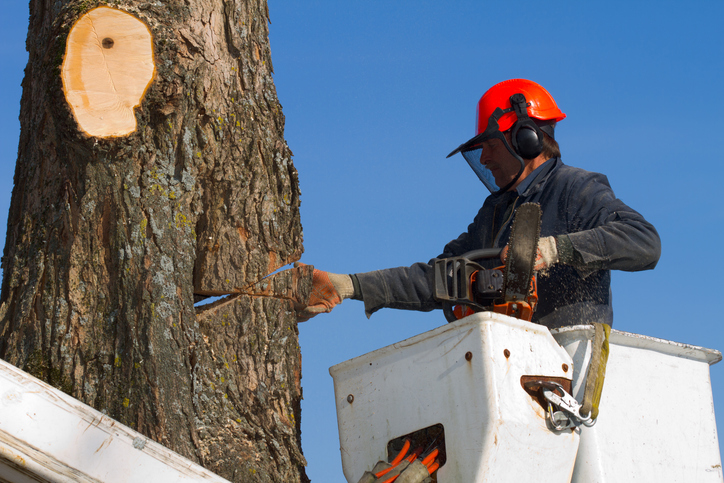
When it comes to tree cutting, hiring a professional is always the best choice. While DIY projects may seem cost-effective, tree cutting is a hazardous job that requires expertise and the right tools. A professional tree service ensures that the job is done safely and efficiently, minimizing risks to property and people. Here are the top five reasons to hire a tree-cutting company in Bellevue, WA. Safety First Tree cutting involves high risks, especially when using sharp equipment and working at elevated heights. Professionals have the proper training to handle these situations safely, reducing the risk of accidents. By hiring experts, you guarantee the safety of your property and everyone around you. Proper Equipment These services are fully equipped with specialized tools to do the job. From chainsaws to stump grinders, they have everything needed to safely and efficiently cut down or trim trees. These tools make the process faster and more precise. Knowledge and Expertise Tree trimming in Bellevue, WA, requires a deep understanding of tree biology, structure, and the best methods to handle each tree type. A professional arborist can assess the situation and use their knowledge to guarantee the job is done right, avoiding damage to the tree or surrounding area. Time and Efficiency What may take you hours or even days can be completed in a fraction of the time by professionals. They work quickly and efficiently, handling all aspects of the job, from cutting to clean-up, so you don’t have to worry about the logistics. Preventing Future Problems Professionals can also identify potential issues with your trees that you may overlook, such as disease or decay. Regular maintenance from experts ensures that your trees stay healthy and prevent costly damage later on. Hiring a reputed company offers unmatched safety, efficiency, and expertise. Always trust the professionals for the best results and peace of mind. Call us at Cascade Tree Services at 425-530-9697 for reliable tree trimming in Edmonds, WA. Let our experts handle the job safely and efficiently!
The Cost of the Best Tree Removal Services: What to Expect
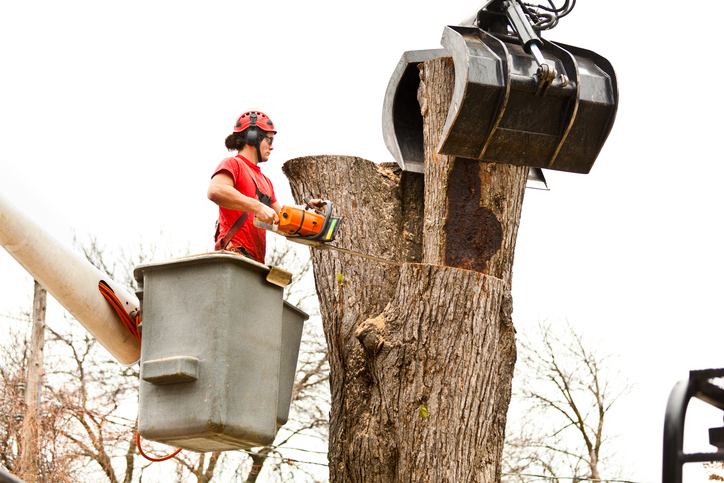
When it comes to tree removal, many homeowners face the dilemma of how much it will cost. The price for tree removal services can vary based on several factors, such as the size of the tree, its location, and the complexity of the job. Understanding these variables can help you make an informed decision when seeking the Bellevue, WA, best tree removal service. Here’s what you can expect when it comes to pricing and how you can budget for tree removal. Tree Size Larger trees are more expensive to remove because they require more labor, equipment, and time. Smaller trees are generally more affordable, but if a tree is tall or has a large canopy, expect the price to rise accordingly. Proper assessment of the tree’s size is essential in estimating the cost. Tree Location The location of the tree plays a significant role in pricing. Trees close to buildings, power lines, or other obstacles require more care during removal, increasing the cost. However, if the tree is easily accessible, removal will likely be cheaper. Tree Condition If the tree is diseased, damaged, or leaning, additional care will be needed to remove it safely. This can drive up costs due to the extra safety precautions, tools, and time involved. A healthy tree, on the other hand, will be easier and quicker to remove. Disposal Fees Most tree removal services include the cost of disposal in their pricing, but some may charge extra for hauling away debris. To avoid unexpected charges, ask if the disposal fee is included in the estimate. Cutting down the tree is only part of the process; removing the branches and trunk also adds to the cost. Permits and Regulations Depending on your location, you may need a permit to uproot a tree, especially if it’s big or located in a protected area. These permits can be expensive, so be sure to inquire about any necessary permits when getting an estimate. The tree-cutting cost in Bellevue, WA, depends on several factors, including the size, location, and condition of the tree. By understanding these variables, you can budget accordingly and avoid surprises. Contact a professional tree removal service for an accurate estimate and to ensure the safety of your property. Are you ready for tree removal in Bothell, WA? Call Cascade Tree Services at 425-530-9697 to get a quote from our trusted experts.
Unlocking the Secrets of Seasonal Tree Pruning
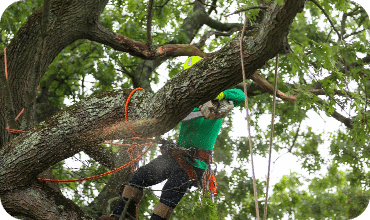
Tree trimming or pruning is crucial for homeowners and gardeners to maintain their trees’ health and aesthetic appeal. Seasonal tree pruning in Bellevue, WA, helps promote new growth, enhance tree structure, and prevent diseases. Understanding the right times and techniques to prune your trees ensures they thrive throughout the year. 1. Pruning in Early Spring Early spring is one of the best times to prune deciduous trees. Removing dead or diseased wood during this period helps prevent the spread of infections. Additionally, early spring pruning encourages strong growth before the tree begins its active growing season. 2. Summer Pruning for Shape Summer pruning is ideal for maintaining the shape and size of your trees. By removing excess growth, you allow more sunlight to reach the inner branches. It also helps manage the tree’s energy, promoting healthy development without overcrowding. 3. Fall Pruning for Health Pruning in the fall focuses on removing damaged or diseased wood. This allows trees to enter the winter months in a healthy state, reducing the risk of pests and diseases. However, avoid heavy pruning in the fall, as it may stress the tree before the cold weather sets in. 4. Winter Pruning for Dormancy Winter pruning is the best time for major pruning tasks, as most trees are dormant. This minimizes the risk of disease and allows you to see the tree’s structure more clearly. It’s an excellent time to remove any large branches that may be a threat to safety. 5. Proper Tools and Techniques Using the right tools, such as sharp pruning shears or saws, is vital for making clean cuts. Always prune just above a bud or lateral branch to avoid damaging the tree. Proper technique ensures that the tree heals quickly and maintains its strength. Pruning is essential for keeping trees healthy and vibrant. Properly timing pruning tasks can support strong growth, prevent disease, and maintain beautiful trees year-round. Before making a decision, consider the cost of tree removal in Bellevue, WA. Do you need professional tree trimming in Kirkland, WA? Contact us at Cascade Tree Services at 425-530-9697 to ensure your trees are pruned at the right time.
The Environmental Benefits of Tree Trimming and Tree Care Services
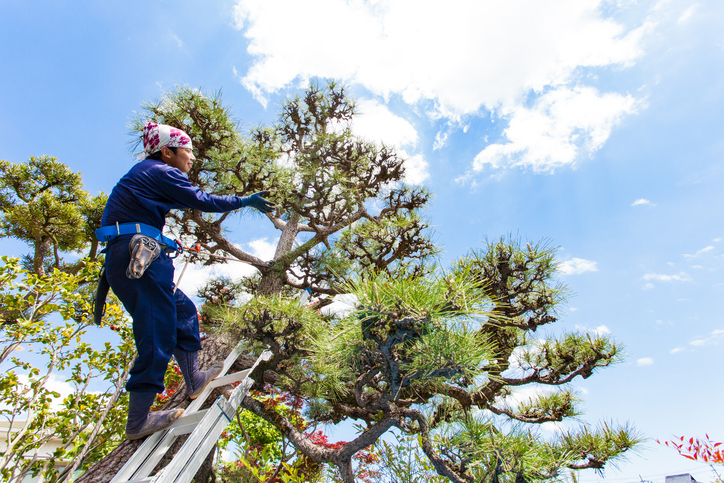
Trees play an essential role in urban ecosystems, providing shade, beauty, and cleaner air. However, just like any living organism, they require regular care to thrive in the challenging environments of cities. Tree trimming and tree care services are critical in maintaining the health of trees, ensuring they grow properly, and continue to provide environmental benefits. Beyond their aesthetic appeal, these services offer significant ecological advantages that contribute to a more sustainable environment. This article will explore the many environmental benefits of tree shaping and tree care, emphasizing their positive impact on urban ecosystems and climate health. 1. Promoting Healthy Tree Growth Proper tree shaping helps maintain the overall health of trees. By removing dead, diseased, or damaged branches, tree care professionals can promote healthy growth, allowing trees to access more sunlight, water, and nutrients. A well-maintained tree is more likely to thrive, which means it can continue to absorb carbon dioxide, filter air pollutants, and provide habitat for local wildlife. In urban environments, where trees often face harsh conditions, regular trimming guarantees that they have the best chance of growing strong and resilient. 2. Reducing the Risk of Storm Damage Storms and strong winds can cause significant damage to trees, especially those with weak or overgrown branches. Trimming these branches reduces the risk of falling limbs, which could otherwise cause property damage or injury. In addition, removing deadwood helps prevent trees from becoming unstable during storms. By proactively managing tree health through trimming, you are not only ensuring the safety of people and property but also safeguarding the tree’s long-term ability to contribute to environmental well-being. 3. Improving Air Quality Trees are known for their ability to purify the air by absorbing carbon dioxide and releasing oxygen. However, the density of branches and leaves affects how efficiently a tree can perform this function. Tree grooming can help optimize the tree’s ability to capture carbon and other air pollutants like nitrogen oxides, sulfur dioxide, and particulate matter. By maintaining the tree’s structure, trimming guarantees that it has the maximum surface area for photosynthesis, which in turn contributes to cleaner, healthier air in urban areas. 4. Reducing Urban Heat Island Effect The urban heat island (UHI) effect occurs when cities experience significantly higher temperatures than surrounding rural areas due to the concentration of buildings, roads, and other heat-absorbing materials. Trees help mitigate UHI by providing shade, lowering ambient temperatures, and cooling the surrounding air through a process known as evapotranspiration. Regular tree care, including trimming, guarantees that trees can effectively shade buildings, sidewalks, and streets, thereby reducing the need for air conditioning and decreasing energy consumption. This, in turn, helps reduce the carbon footprint of cities. 5. Supporting Biodiversity and Wildlife Healthy trees support a rich diversity of wildlife by providing habitat and food sources. When trees are trimmed properly, it encourages new growth, which creates a more favorable environment for birds, insects, and small mammals. Additionally, the removal of deadwood or diseased branches prevents the spread of pests and fungi that could harm both the tree and the animals that depend on it. Tree shaping that focuses on maintaining the natural structure of the tree guarantees that it continues to serve as a valuable part of the ecosystem, supporting local biodiversity. 6. Enhancing Water Conservation Water conservation is a critical concern in urban areas, where impervious surfaces like concrete and asphalt can lead to runoff and water pollution. Trees, however, help capture rainwater through their canopy and root systems, which can prevent soil erosion and help replenish groundwater supplies. Proper tree care and trimming can enhance a tree’s ability to absorb and store water by maintaining its root health and improving its structural integrity. Healthy, well-maintained trees also require less water to survive, making them more resilient to drought conditions. 7. Fighting Climate Change by Sequestering Carbon Trees act as carbon sinks, capturing carbon dioxide from the atmosphere and storing it in their biomass. This process, known as carbon sequestration, is vital in mitigating the impacts of climate change. By ensuring trees are well-maintained through regular trimming and care, their ability to absorb carbon dioxide is optimized. Trimming helps improve the tree’s overall structure, making it more efficient in its carbon storage capacity. As trees grow stronger, their ability to store carbon increases, further contributing to efforts to reduce the levels of greenhouse gases in the atmosphere. 8. Increasing Stormwater Management Efficiency Urban areas often struggle with managing stormwater runoff, leading to flooding, water contamination, and ecosystem disruption. Trees are crucial in managing stormwater by intercepting rainfall and reducing runoff. Trimming and proper care can guarantee that trees have a dense canopy that can absorb large amounts of rainwater. Additionally, tree roots help absorb excess water, reducing the strain on city drainage systems. With careful tree maintenance, cities can improve their stormwater management systems, contributing to a healthier urban environment. 9. Enhancing Soil Quality and Erosion Control Tree roots help stabilize soil and prevent erosion, particularly in areas with steep slopes or heavy rainfall. As trees grow and their roots spread, they bind the soil together, reducing the risk of landslides and soil degradation. Tree pruning can also prevent root damage and guarantee that trees continue to anchor the soil effectively. By keeping trees healthy and well-maintained, you are helping to preserve the integrity of the soil, which in turn supports plant life and contributes to the overall health of the environment. 10. Boosting Urban Aesthetics and Mental Well-Being In addition to their ecological benefits, trees also improve the aesthetic quality of urban landscapes. Well-maintained trees enhance the beauty of parks, streets, and neighborhoods, which can have a positive effect on the mental well-being of residents. Studies have shown that access to green spaces and trees can reduce stress, improve mood, and enhance overall quality of life. By investing in tree care and trimming services, cities can create more inviting environments that promote mental and emotional health while also supporting the environment. Tree trimming and tree care services are
Tree Cutting and Safety: Essential Tips for Homeowners
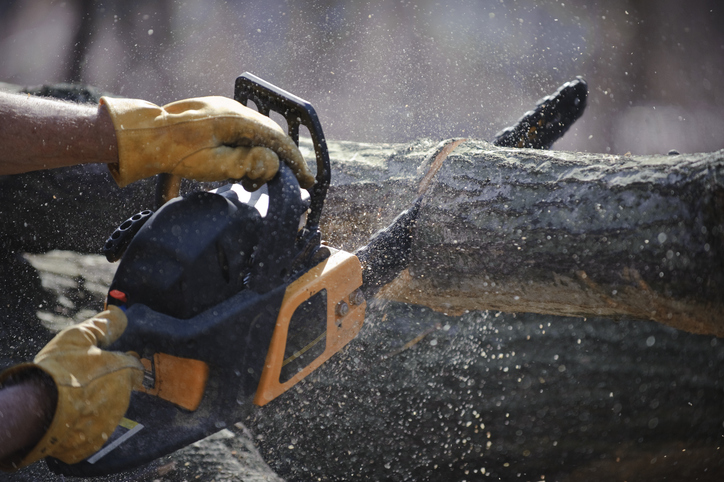
Tree maintenance can enhance your property’s appearance and eliminate potential hazards. However, improper practices in tree cutting in Bellevue WA, can pose serious risks. Follow these essential safety tips to guarantee a secure and effective tree maintenance process. 1. Use the Right Tools for the Job Based on the job, select the right tools, such as sharp pruners, chainsaws, or pole saws. Inspect your equipment for damage before use, ensuring all parts are functioning properly. Maintain and store tools properly to guarantee optimal performance and safety. 2. Wear Proper Protective Gear Always wear safety goggles, gloves, a helmet, and sturdy boots while performing tree-cutting tasks to protect yourself from flying debris, falling branches, and potential injuries. Ensure your clothing is snug and fitted to avoid snagging on branches or tools, and choose durable materials for maximum protection and comfort. 3. Assess the Area for Hazards Inspect the surrounding area for power lines, unstable trees, or any potential obstacles that could pose a danger. Keep children and pets well away from the work zone to prevent accidents. Clear any debris, such as rocks or branches that could cause tripping hazards or obstruct your movements during the task. 4. Use Safe Cutting Techniques Plan your cuts carefully to prevent damage to the tree or unintended falls. Always cut branches at a slight angle to reduce stress and control their direction of fall. For larger trees or complex cuts, it’s advisable to consult professionals who have the expertise to minimize safety risks and ensure proper handling. 5. Know When to Call a Professional Always hire a certified arborist for tall trees or those near power lines. Professionals possess the necessary expertise, experience, and specialized equipment to safely handle complex tree-cutting tasks. Avoid taking unnecessary risks by attempting challenging projects on your own—leave the job to experts who prioritize safety and efficiency. Tree trimming in Edmonds WA, enhances safety and aesthetics but requires careful planning and execution. By following these tips, you can manage tree-cutting tasks effectively while minimizing risks. For safe tree clearance, trust Cascade Tree Services! Get a free estimate for tree removal costs in Bellevue WA. Call us at 425-530-9697 today for expert service and competitive pricing.
The Best Time of Year for Tree Pruning Services and Their Benefits
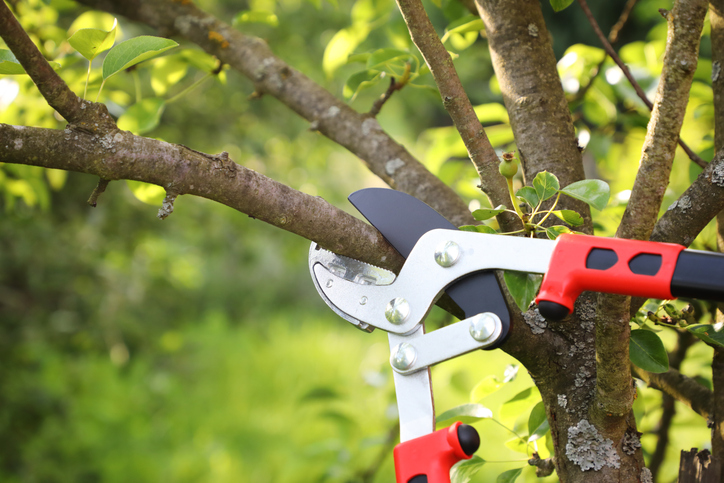
Tree pruning is an essential aspect of maintaining the health and appearance of your trees. By understanding the optimal times for tree pruning services in Bellevue WA, you can ensure your trees stay healthy and safe throughout the year. In this article, we will discuss the best time for tree pruning and the many benefits it brings to your property. 1. Prune in Late Winter or Early Spring for Healthy Growth The best time for pruning most trees is in late winter or early spring before new growth begins. During this period, trees are still dormant, and pruning will minimize the stress on them. Pruning during dormancy also helps encourage fresh growth once the growing season begins, promoting healthy, strong trees. 2. Summer Pruning for Tree Shaping and Maintenance Though less common, light pruning in the summer can be beneficial for certain types of trees. Summer pruning is perfect for shaping and removing dead or diseased branches to improve the tree’s overall appearance. It also helps maintain a tree’s size and structure without affecting its growth patterns. 3. Timely Pruning Promotes Safety Around Your Property Pruning trees at the right time can also enhance the safety around your home. Removing dead or overgrown branches prevents them from falling during storms or high winds. This reduces the risk of property damage or injury, especially during the harsher seasons. For professional tree removal in Bothell WA, trust our expert team to ensure the safety and health of your trees. Proper tree pruning at the right time of year is essential for maintaining tree health, safety, and aesthetics. Whether you choose to prune in late winter, early spring, fall, or summer, timely pruning ensures your trees thrive. Reach out to professional tree maintenance services to help with proper maintenance for your trees. Ready for expert tree pruning? Call our team at Cascade Tree Services at 425-530-9697 for reliable tree trimming services. Get the best tree trimming cost in Bellevue WA, for healthier, safer trees today!
Top Warning Signs That Indicate You Need Tree Removal Services
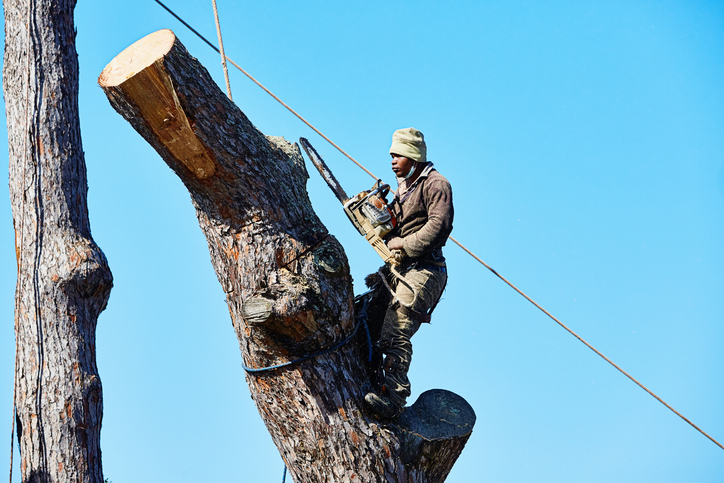
Trees enhance the beauty and value of your property, but when they become hazardous, they can pose serious risks to your safety and the surrounding environment. Timely tree felling is essential to prevent potential damage to your home, vehicles, and other trees. In this blog, we’ll explore the top warning signs that indicate it’s time to contact a professional tree removal in Bellevue WA. 1. Leaning or Tilting Trees A leaning tree is one of the most obvious signs that it might be in danger of falling. Over time, excessive leaning can lead to an unstable structure, especially during storms. If a tree starts leaning toward your house or power lines, it’s time to have it evaluated by an expert. 2. Dead or Dying Branches Dead branches pose a serious risk of falling, causing damage to property or injury. If your tree has large, dead branches hanging, it’s crucial to get professional help to assess the situation. Tree trimming in Kirkland WA, will remove dangerous limbs or take down the entire tree if necessary. 3. Root Damage or Exposure Exposed roots, cracks, or upheaval near the base of a tree can signal that the tree’s stability is compromised. If the roots have been damaged or are growing in an unusual direction, the tree could be in danger of toppling. A tree felling service can assess the situation and determine whether removal is necessary. 4. Fungal Growth or Cavities in the Trunk The presence of fungi or large cavities in the trunk of a tree can indicate internal rot, which weakens its structure. Trees with these issues are more likely to break or fall during a storm. Professional tree services can inspect the tree’s health and advise whether removal is the best option. Recognizing the warning signs of a dangerous tree is crucial for protecting your property and ensuring safety. Don’t wait for a storm to take down a weakened tree. If you notice any of the signs mentioned above, it’s time to contact a professional tree-clearing service for a thorough evaluation. Need tree extraction services? Cascade Tree Services offers reliable solutions at competitive tree-cutting costs in Bellevue WA. Call us at 425-530-9697 for a free estimate today!
